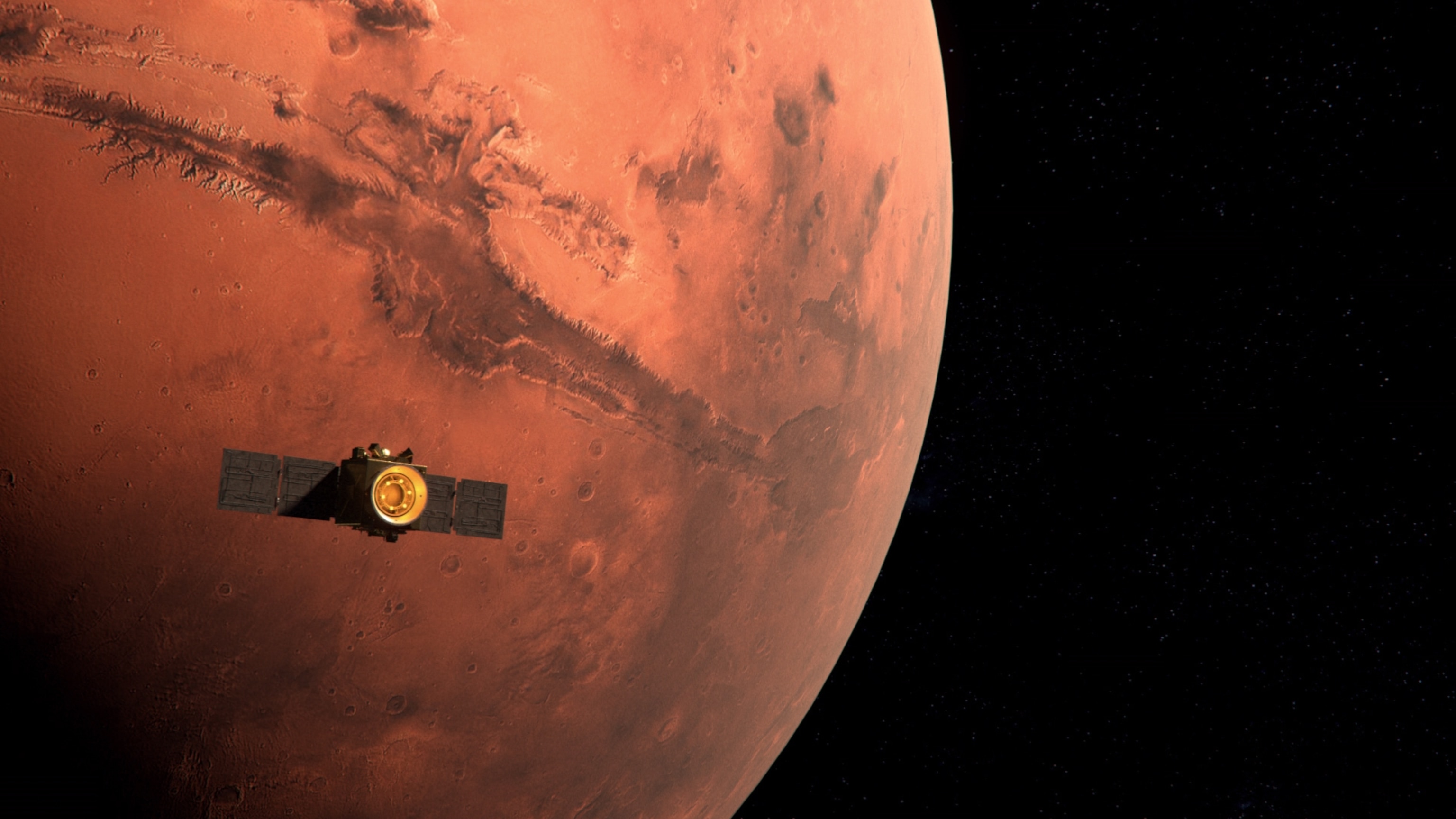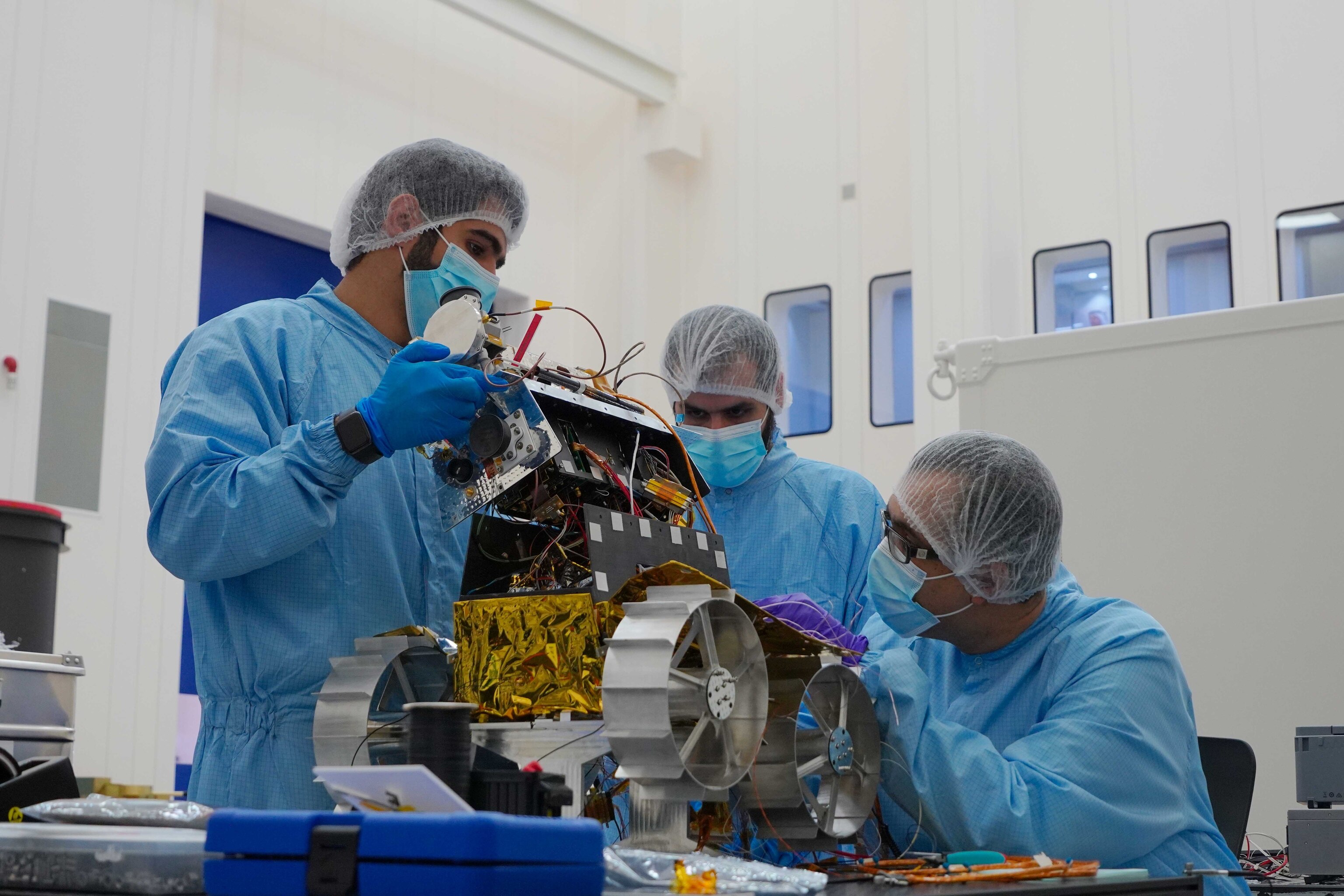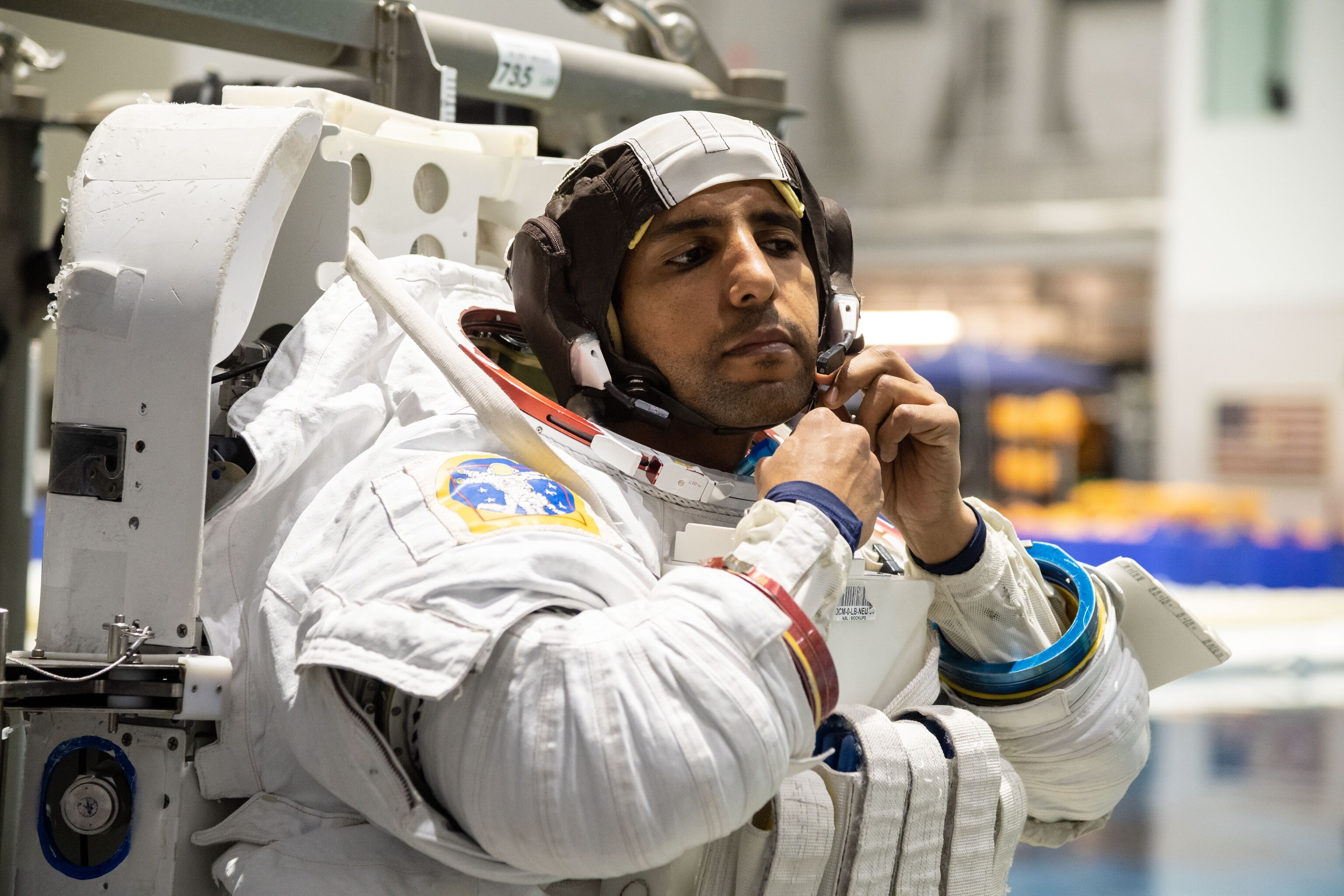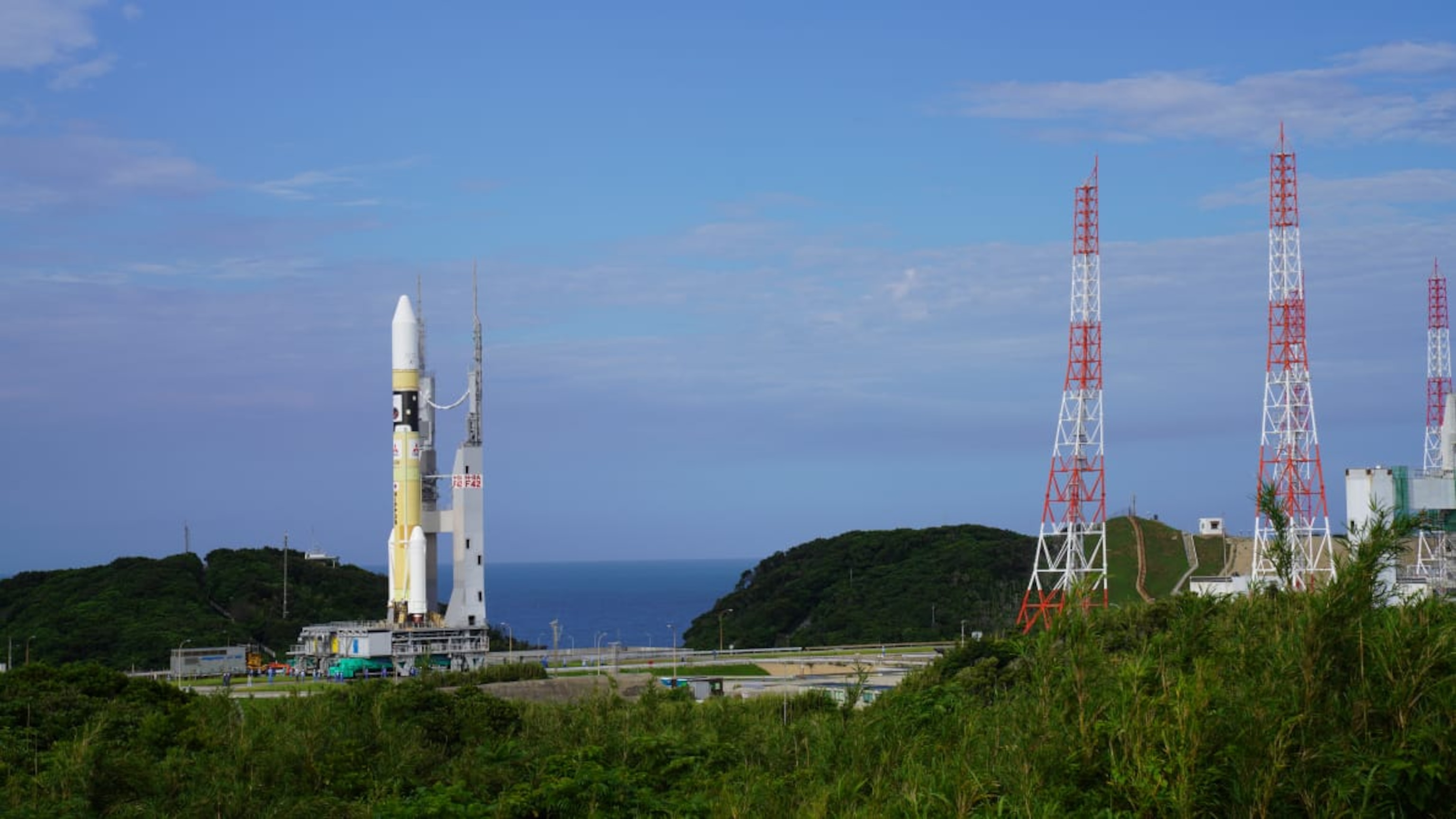The saying goes, a journey of a thousand miles begins with a single step. For the United Arab Emirates, its missions to Mars and the moon are but its first step to space exploration and planetary colonization.
The next 12 months will see a UAE lunar rover deployed and an Analog Mission launched to prepare humans for the long jump through the void to Mars. In the next 30 months, the UAE will double its cadre of mission-ready astronauts.
These developments will build on the young nation’s already considerable space achievements, which include blasting the first Emirati into space in 2019 and the stunning success of the UAE-built Hope Mars probe, which successfully went into orbit around the Red Planet in February this year.

The conquest of space will also help the desert nation in its aim to solve chronic problems on Earth, such as food shortages, access to clean water, overpopulation, and environmental degradation—even as it meets the challenges of making the transition into a knowledge-based economy.
Ultimately the goal is to establish a colony on Mars by 2117 (with a city named Wisdom mooted), and to grow its population to perhaps 600,000 by the dawn of the 22nd century.
But before Mars, the UAE first aims to reach for the moon. “We always say that the moon is the first step in developing science technologies, building our capabilities,” says Adnan Al Rais, director of the Mars 2117 program at Mohammed Bin Rashid Space Centre.
First in the Arab world
An AI-equipped lunar rover named Rashid—after the late Sheikh Rashid bin Saeed Al Maktoum, the builder of modern Dubai and one of the country’s founding fathers—will be sent to the moon next year with the help of ispace’s Lunar Lander.
Weighing just 10kg and measuring slightly more than 50 cm2, Rashid will study the properties of lunar soil, the geology of the moon, dust movements and its photoelectron sheath for one lunar day (about two weeks). The rover will also beam more than 1,000 images of the Lunar surface back to mission control at the Mohammed Bin Rashid Space Centre.

“This is our first mission where we send a rover to the surface of another celestial body. Developing the robotics technologies for the surface of the moon will advance this technology here on earth and develop the technologies that will enable us one day to send humans to the surface of Mars,” says Al Rais.
Paving a passage through space
Meanwhile, the UAE is also launching an eight-month Analog Mission that will help Emirati scientists learn more about human physiology and psychology during isolation, to prepare humans for the passage to Mars.
Emiratis Abdullah Al Hammadi and Saleh Al Ameri, will take part in the Analog Mission. One of them will be spending eight months living with an international crew of six people inside Moscow’s NEK isolation & confinement facility. The other will act as the backup crew member.
“We are entering a new era of space exploration in the UAE, and we are proud to have Abdullah Al Hammadi and Saleh Al Ameri join our team at Mohammed Bin Rashid Space Centre to further our pursuit in this field,” says Yousuf Al Shaibani, the centre’s director general.
In terms of human exploration, the nation is firing on all jets, with two extra trainee astronauts—Nora AlMatrooshi and Mohammad AlMulla—heading to NASA’s Johnson Space Centre in Texas early next year to join two UAE space pioneers already there.
An ambitious program
Hazzaa AlMansoori, the Emirates’ first man in space who spent a week aboard the International Space Station in 2019, says the new intake of space trailblazers is part of a plan to have astronauts ready to go on future missions to orbit the moon, and even go to Mars.

“It shows the world that we are committed, we are making our group bigger and the objective is to have a full crew of astronauts, who are each ready to be drawn on for future missions,” says AlMansoori.
“Our country really has a big, ambitious space flight program—it’s all part of inspiring the next generation to build our economy into one based on knowledge and innovation. We are one of the initial countries to sign the Artemis Accord,” he says, referring to the 12-nation space treaty which paves the way for the coming era of Lunar and Martian exploration.

“The ultimate goal from this program is to build up our country and to build up our people.
“We see in space the same challenges in terms of water and energy, which is really going to help, not only the UAE, but the whole world.”
AlMansoori’s fellow astronaut Sultan AlNeyadi says the new breed of rockets coming online, including SpaceX’s Starship, is great news for the space program. “It’s really exciting to have all of this activity going on towards space,” says AlNeyadi. “It will give us a lot of flexibility in terms of choosing a seat or choosing a mission to help our program.”
Being the man who took his country’s first step in space, AlMansoori observes, “I worked with the Russians, with the Americans, with the Europeans in the ISS and we all have one common language: exploration and science. That was the thing that unites us and when we look out of the window from orbit, we see that the Earth is a globe with no borders.”
Discover more about the UAE’s Mohammed Bin Rashid Space Centre and their planned space missions on our Reach for the Stars content hub.




